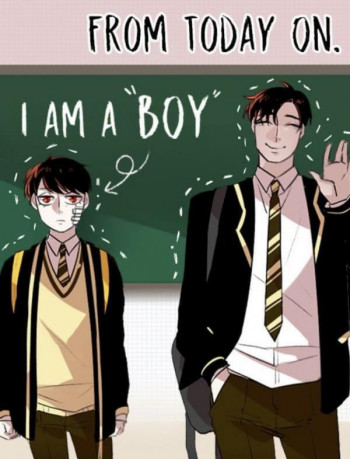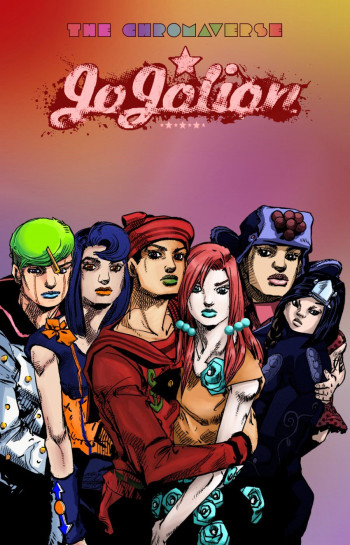Martial Peak Reviews
Marcie Steele's Coming Home to Hope Street is a heartwarming tale that delves into the complexities of family dynamics, the power of forgiveness, and the healing nature of community. Set against the charming backdrop of the market town of Somerley, this novel offers readers a poignant exploration of the bonds that tie us to our past and the courage it takes to mend them.
The story centers around Livvy, who returns to her childhood home on Hope Street after a two-decade absence, accompanied by her teenage daughter, Pip. The reasons for her prolonged absence and sudden return are shrouded in mystery, creating an immediate sense of intrigue. Livvy's arrival is not just a physical return but an emotional journey, as she seeks forgiveness from her sister, Hannah, and hopes to rebuild her life.
Hannah's initial reaction to Livvy's return is a mix of shock and suppressed emotions. Steele skillfully portrays Hannah's internal conflict, capturing the essence of a sister torn between resentment and the deep-seated love she still holds for Livvy. This nuanced portrayal of sibling relationships is one of the novel's strengths, as it reflects the real-life complexities of familial bonds.
The setting of Somerley, with its quaint market square and the inviting atmosphere of The Coffee Stop, serves as more than just a backdrop; it becomes a character in its own right. Steele's vivid descriptions of the town and its community create a warm and inviting atmosphere that draws readers in. The town's charm is infectious, and as Livvy begins to help Hannah with her new bookshop, the sisters' relationship starts to mend, mirroring the healing nature of the community around them.
A significant theme in Coming Home to Hope Street is the idea of second chances. Livvy's return is not just about seeking forgiveness but also about finding a new beginning for herself and Pip. Steele explores the notion that it's never too late to start over, and that the support of loved ones can be instrumental in overcoming past mistakes. This theme resonates throughout the novel, offering readers a sense of hope and the belief that redemption is possible.
The introduction of a character from Livvy's past adds an element of tension and suspense to the narrative. This unexpected arrival threatens to unravel the progress Livvy has made since her return, testing her resolve and the trust she has begun to rebuild with Hannah and the community. Steele handles this plot twist with finesse, using it as a catalyst for character development and further exploration of the novel's central themes.
Character development is a standout aspect of Steele's writing. Livvy is a well-rounded protagonist whose journey is both relatable and inspiring. Her struggles with guilt, fear, and the desire for acceptance are portrayed with authenticity, making her a character readers can empathize with. Similarly, Hannah's evolution from a guarded and hurt sister to one who opens her heart to forgiveness is beautifully depicted, showcasing Steele's ability to craft realistic and compelling character arcs.
Pip, Livvy's daughter, adds another layer to the narrative. As a teenager navigating her own challenges, Pip's relationship with her mother and aunt provides insight into the generational impact of family dynamics. Steele captures the essence of teenage angst and the longing for stability, making Pip's character both endearing and integral to the story's emotional depth.
In comparison to other works in the genre, Coming Home to Hope Street stands out for its emphasis on the healing power of community and the importance of facing one's past. While reminiscent of novels like Jojo Moyes' The Giver of Stars and Jenny Colgan's The Bookshop on the Corner, Steele's novel carves its own niche with its focus on familial reconciliation and the transformative power of forgiveness.
Overall, Coming Home to Hope Street is a beautifully crafted novel that offers a heartfelt exploration of family, forgiveness, and the courage to start anew. Marcie Steele's engaging storytelling and well-developed characters make this a compelling read that will resonate with anyone who has ever sought a second chance or the warmth of a supportive community. It's a story that reminds us of the enduring power of love and the possibility of redemption, leaving readers with a sense of hope and the belief that coming home is always possible.
























Reviews 0
Post a Reviews: